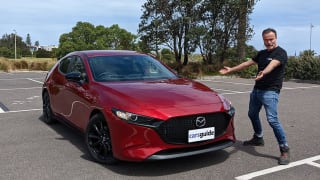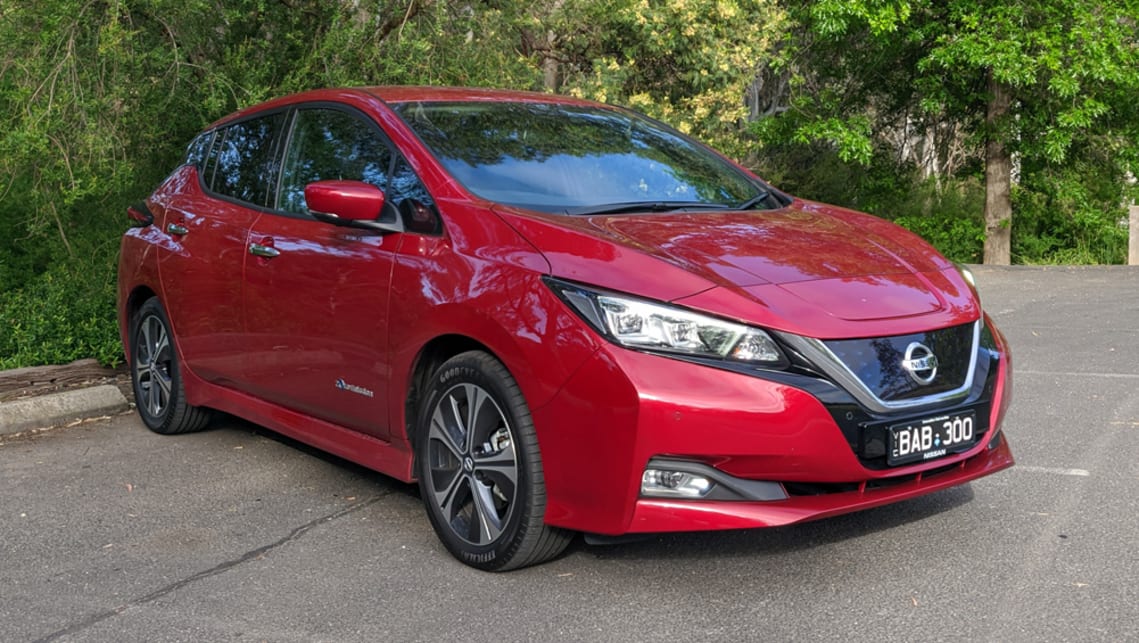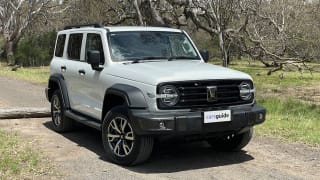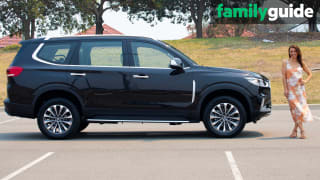
What to consider when buying an electric car
- Tesla Model S
- Tesla Model X
- Nissan LEAF
- MG ZS
- Tesla Model S 2019
- Tesla MODEL X 2019
- Nissan Leaf 2020
- MG ZS 2020
- Nissan Hatchback Range
- Nissan Sedan Range
- Nissan SUV Range
- Tesla Hatchback Range
- Tesla Sedan Range
- Tesla SUV Range
- MG Hatchback Range
- MG Sedan Range
- MG SUV Range
- Hatchback
- Sedan
- SUV
- Electric Cars
- Tesla Model S Reviews
- Tesla Model X Reviews
- Nissan LEAF Reviews
- MG ZS Reviews
- Nissan
- Tesla
- MG
- Urban Hacks
- Nissan Advice
- Tesla Advice
- MG Advice
- Urban
- Hacks
- Electric Cars
- Green Cars

So, you’ve decided to become an early adopter and pulled the trigger on purchasing an eco-friendly fully electric vehicle (EV), but what things should you keep in mind?
It’s likely that every vehicle you owned beforehand was powered by an internal-combustion engine (ICE) and not a battery-electric powertrain, so there are a few key points to consider when making the transition to zero-emissions motoring.
Let’s take a look at them below.
What is your EV’s range?

Range anxiety has long been the biggest talking point when it comes to EVs, and while we can debate about whether or not it’s becoming increasingly irrelevant, how long your EV can travel between charges is still an important thing to consider, especially in a big country like Australia.
As with ICE vehicles, EV range varies from model to model and variant to variant, so it pays to keep in mind the manufacturer’s claim for your particular example before embarking on a longer than usual drive.
Several EVs are now available to purchase in Australia, although not all adhere to the same standard when quoting range. Most, however, are assessed on Europe’s WLTP cycle, which is what we will use here.
Read More: MG ZS EV 2020 pricing and spec confirmed: This is Australia's most-affordable electric car
For reference, the MG ZS EV SUV has the shortest maximum range of any EV sold in Australia today, at 262km, while the Tesla Model S sedan asserts its zero-emissions leadership by lasting up to 610km between charges.
An EV’s range in the real world will of course differ from the manufacturer’s claim due to its battery’s degradation over time, changing weather conditions, and the driving style of the individual behind the wheel.
Why bother noting your EV’s range if it’s just a guesstimate? We’ll get to that in a moment, but first…
What is your EV’s plug type?

Much like smartphones, not all EVs have the same plug type, which is another thing to keep in mind when into comes to ultimately charging them.
Given Australia’s slow uptake of EVs, though, every model currently on sale has a Type 2 plug, which is now well on its way to becoming the universal type for EVs. It supports low-power AC (Alernating Current) charging (43kW or less).
That said, seven of the 10 EVs on the market go a step further with a CCS plug extension that enables high-power DC (Direct Current) charging (50kW or more), but more on that later.
The exceptions are headlined by the Tesla Model X SUV and its aforementioned sibling, the Model S, both of which use a modified version of a Type 2 plug for both AC and DC charging, with the latter made possible by the American specialist’s public Supercharger network.
The bestselling EV in the world, the Nissan Leaf hatch, is the lone wolf in Australia when it comes to offering a separate CHAdeMO plug for DC charging, which makes finding a compatible charging outlet a little bit more difficult. Speaking of which…
Can you charge your EV at home?

With your EV’s range and plug type/s in mind, how will you charge it? The most common place to do so, of course, is at your home, but it won’t always be a workable solution.
At present, those without off-street parking will struggle to find a way to charge their EVs at home, and for some of those that do have it, it still won’t be possible (think residents of apartment buildings and the like).
Those with the luxury of a carport or garage have a couple of options available to them, with one typically included in the EV’s purchase price, while the other will incur an extra cost.
In regard to the former, every EV sold comes with a charging cable that can be plugged into domestic power outlets typically found in carports and garages.
While this seems like an easy solution, this is the slowest possible way to charge an EV, taking in excess of 24 hours to fully charge a battery in many instances.
The alternative is a wallbox charging station that generally costs a bit more than $1000 to purchase and install but has at least double the power output and therefore cuts charging times by more than 50 per cent.
As such, the wallbox makes the overnight charge a reality for most EV owners, even allowing them to take advantage of off-peak electricity rates, which can be exclusively the case if everything is set up appropriately.
Can you charge your EV at work?

Much like charging at home, charging at work is very much dependent on your personal circumstances, with some people lucky enough to have public or private carparks with charging stations nearby.
Those that don’t are more or less out of luck for now. Perhaps something your employer can invest in as part of its next technology upgrade?
Where else can you charge your EV?

There is an alternative to charging at home and/or work that is available to every EV owner: destination charging stations.
As the name suggests, this encompasses DC charging stations that are located at notable destinations around the place, such as shopping centres, town centres and airports, among others.
While some of these charging stations are free to use, most form part of larger networks that require either a membership to use or operate on a pay-as-you-charge basis.
As mentioned, Tesla has its own network of Superchargers, which can be exclusively used by its owners at a cost.
These networks are growing in number and size as the years go on, with it currently possible to travel up and down the east coast of Australia in an EV if its battery is topped up at charging stations located along the interconnecting major highways.
Just make sure you take into account your EV’s range before you fall into the trap of waiting for the next charging station as the distances between them are generally longer than that of petrol stations.










Comments